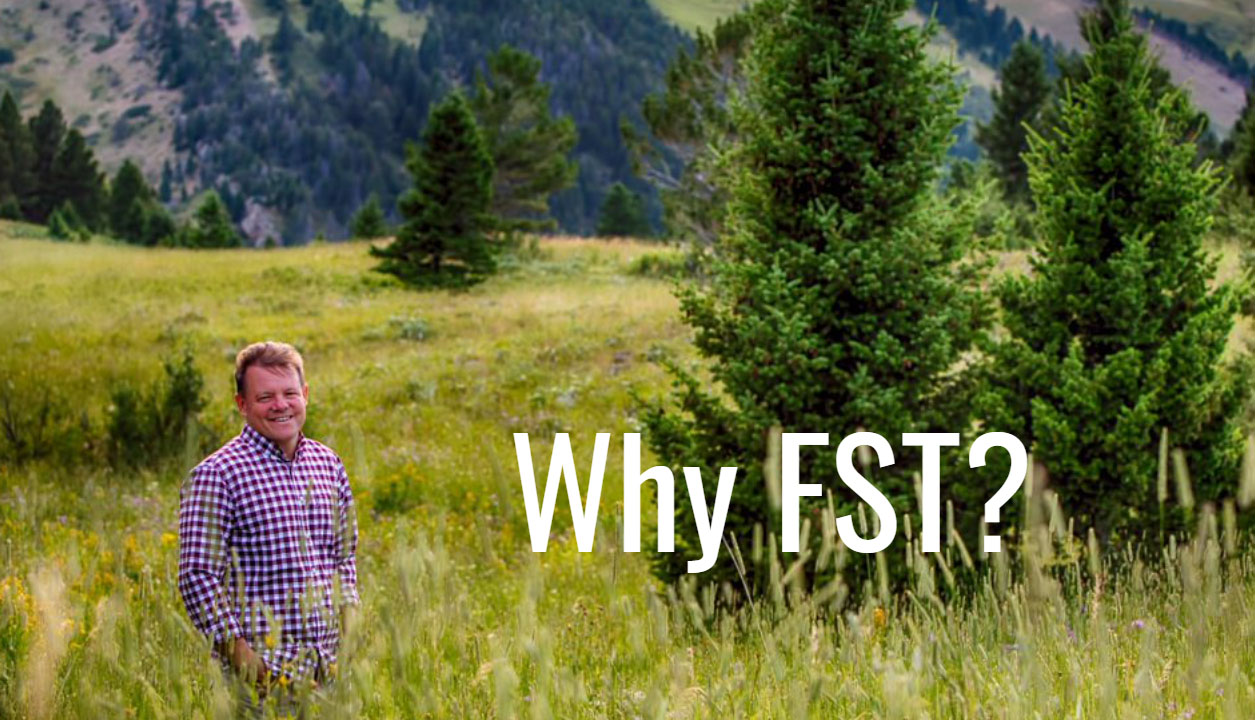Everywhere we turn, there seems to be another book or article on trauma treatment with the individual child.
But there are three missing core pieces and WHY FST? was created:
#1: The Traumatized Child and Family
We often treat the traumatized children or adolescents without the active involvement of their family, extended family, or community.
As a result, change is temporary and relapse common. Why? Because these four types of family systems trauma go untreated or addressed:
- Simultaneous effects: All members of the family are directly affected by the traumatic event, such as in natural disasters, auto accidents, or the unexpected death of a loved one.
- Vicarious effects: Other family members are traumatized vicariously when they learn that another family member has experienced an emotionally traumatic event.
- Chiasma traumatic stress: Other family members are traumatized through exposure to the experience of the traumatized member.
- Intrafamilial trauma: Family members are traumatized by other family members, such as in cases or abuse or divorce.
The Problem in a Nutshell
Professionals inherently recognize these four types of family trauma, but there are few models that specialize in family trauma. And those that do, lack concrete step-by-step tools. And to complicate matters further, family therapy is not usually taught in graduate school or how to do it well. One professional summed it up best:
“Dr. Sells, family therapy scares me to death. I lack confidence, and I simply don’t know what to do when I walk into a room full of screaming kids and parents.”
In response to this Challenge
To address these problems, I did two things.
- A 10 Year Research Project: I used a grounded theory research approach to discover directly from traumatized families themselves, the tools they needed for long-term healing and change. The result was the book: Treating the Traumatized Child: A Family Systems Step-by-Step Approach (Springer Publishing, 2017). And the creation of the Family Systems Trauma Model (FST).
And
- An Online FST Advanced Training Course. I took the core family trauma techniques from the book and incorporated them into an online course that students can access 24/7 to fit their lifestyle. As the sample FST Advanced Course Calendar illustrates, the course contains 12 core FST techniques with three 20-30 minute video lessons and worksheets. And then I did something unique. I added Live Office Hours each week. This allowed me to become a family trauma coach to help students onboard each technique and answer any questions. It is accelerated learning. What normally took years of training, could now take place immediately.
#2: The “Now What?” Question
After the traumatic event is discussed, both children and families want concrete tools to move beyond the trauma and heal in the here and now. Parents will often ask:
“It helped to talk about our child’s trauma and ours. But NOW WHAT? What do we do in the here and now to heal these wounds? In fact, the more we talk about it, the worse we feel. We want tools to move forward, instead of getting stuck in our past.”
The Problem in a Nutshell
Professionals often lack the tools or roadmap to answer this “now what?” question. Without these tools, it is easy to get stuck in talk therapy or keep diving into the “why?” instead of moving the client or family into the “how?” How to get unstuck in the here and now. In addition, without the “now what?” question answered, professionals, get stuck in pulling weeds or storm chasing after symptoms instead of healing the root causes of the child and family’s trauma and symptoms.
In response to this Challenge
To address this problem, and WHY FST?, I created FST Trauma Playbooks to instantly answer your client’s “now what?” question and provide you with a clear roadmap to help your traumatized families unstuck in the here and now. Your traumatized families will love this technique. It is a written plan that instantly clarifies everyone’s roles with interventions to heal the child’s trauma at a root level. See a Sample FST Playbook Template. The FST course is also specifically designed to teach you how to create your own customized playbooks.
#3: Step-by-Step TRAUMA RESPONSIVE Tools
Finally, WHY FST? was created because professions only like trauma-informed education, theory, and generalized concepts up to a point.
At the end of the day, professionals and clients want clear step-by-step tools with scripts and handouts to get from Point A to Point B.
Another way of saying this is …
“What is a clear path to go from trauma-informed education to TRAUMA-RESPONSIVE APPLICATION?”.
The Problem in a Nutshell
Both professionals and the local community can easily get stuck in being trauma-informed. They are unsure of what trauma-responsive looks like or how to bridge the gap from trauma-informed to trauma-responsive. This is also the “now what?” question. This is especially the case when it comes down to navigating the complexities of treating traumatized children and their families.
In response to this Challenge
To answer this challenge, the FST Model was created. Both the book and online course illustrate a clear roadmap with step-by-step tools, a manualized script, and handouts to go from trauma-informed to trauma-responsive and how both/and are needed and not either/or.
Scott P. Sells, Ph.D., MSW, LCSW, LMFT, is the author of three books, Treating the Tough Adolescent: A Family-Based, Step-by-Step Guide (1998), Parenting Your Out-of-Control Teenager: 7 Steps to Reestablish Authority and Reclaim Love (2001), and Treating the Traumatized Child: A Step-by-Step Family Systems Approach (2017). He can be contacted at spsells@familytrauma.com or through LinkedIn.

